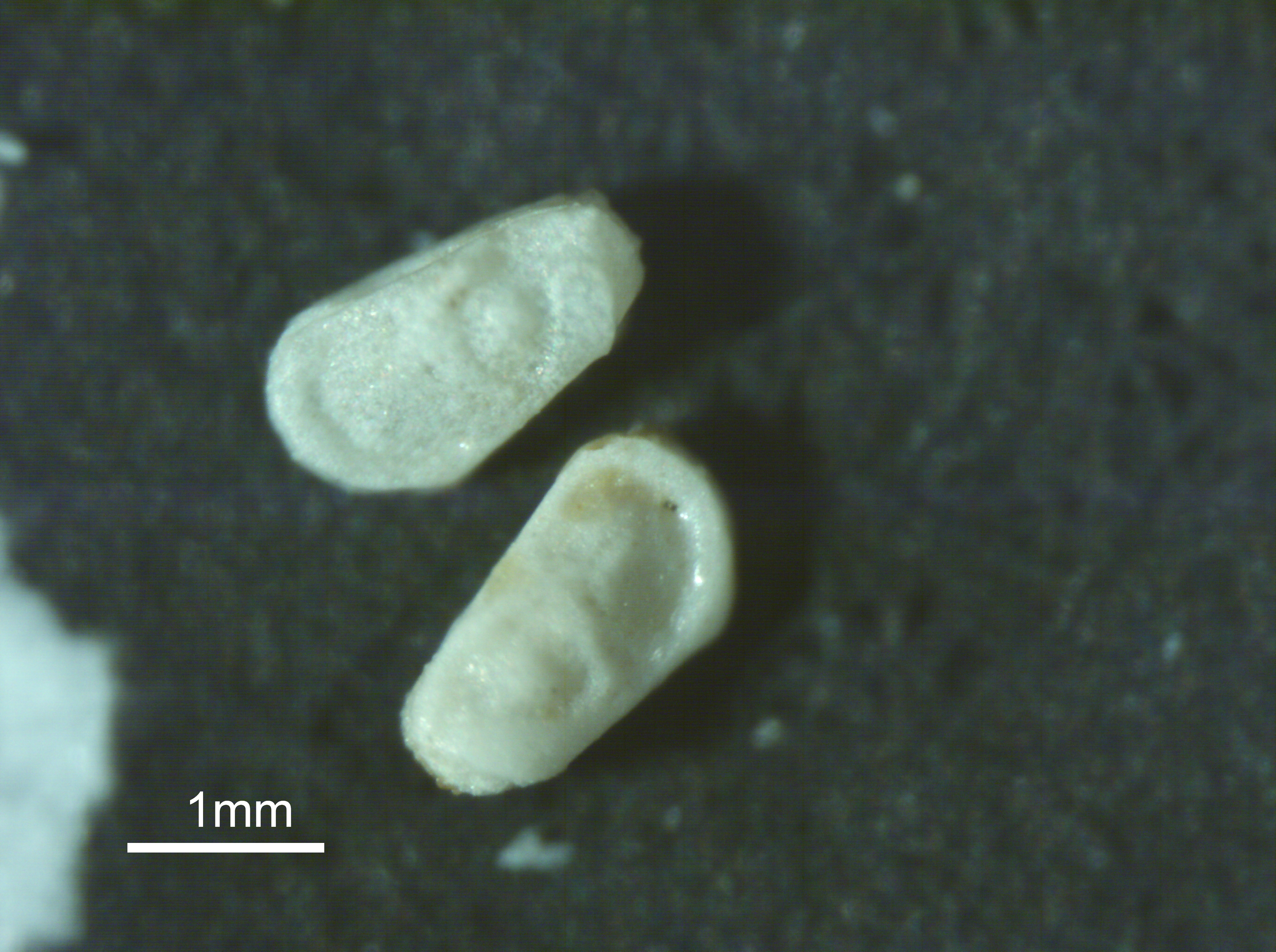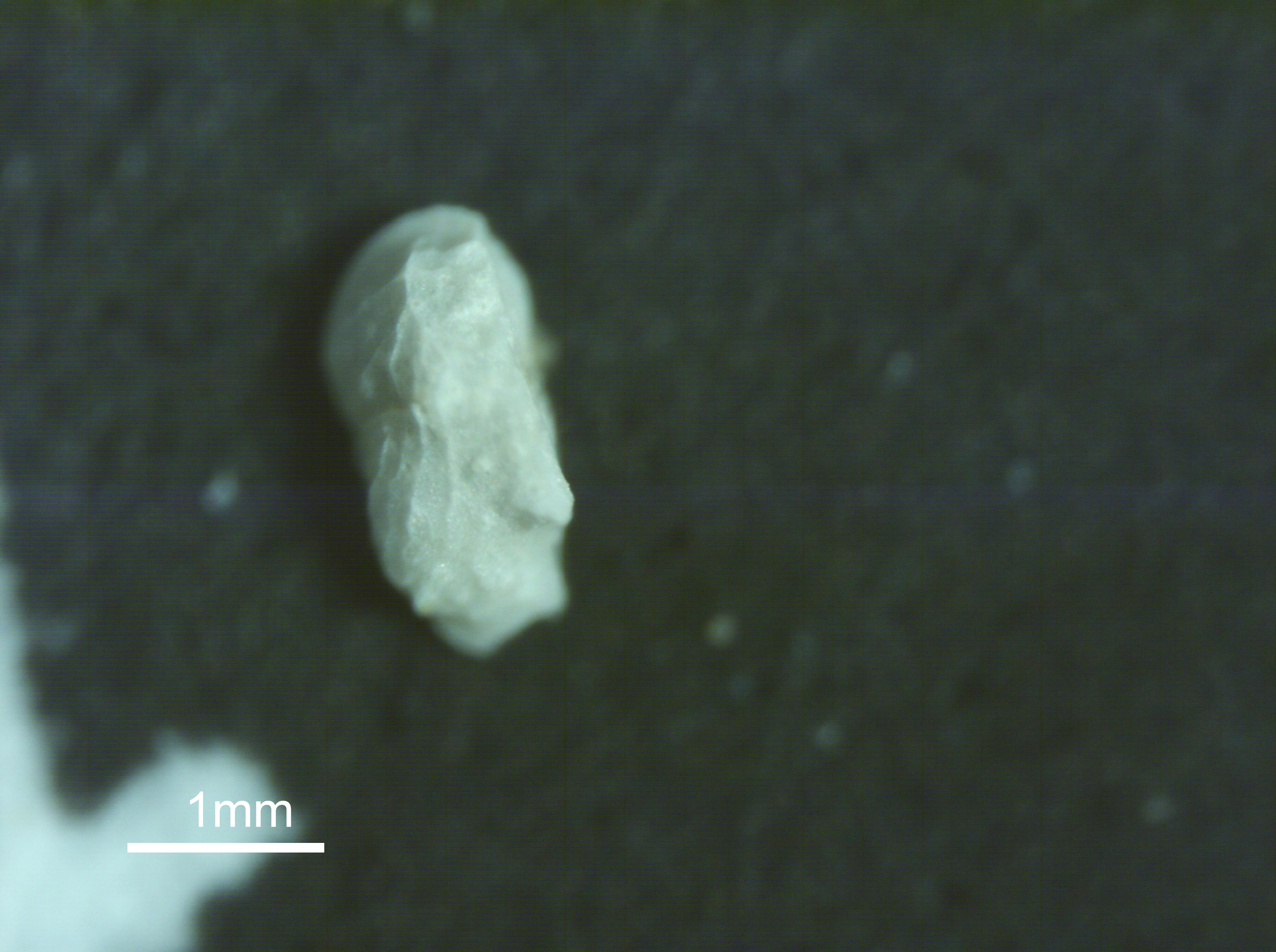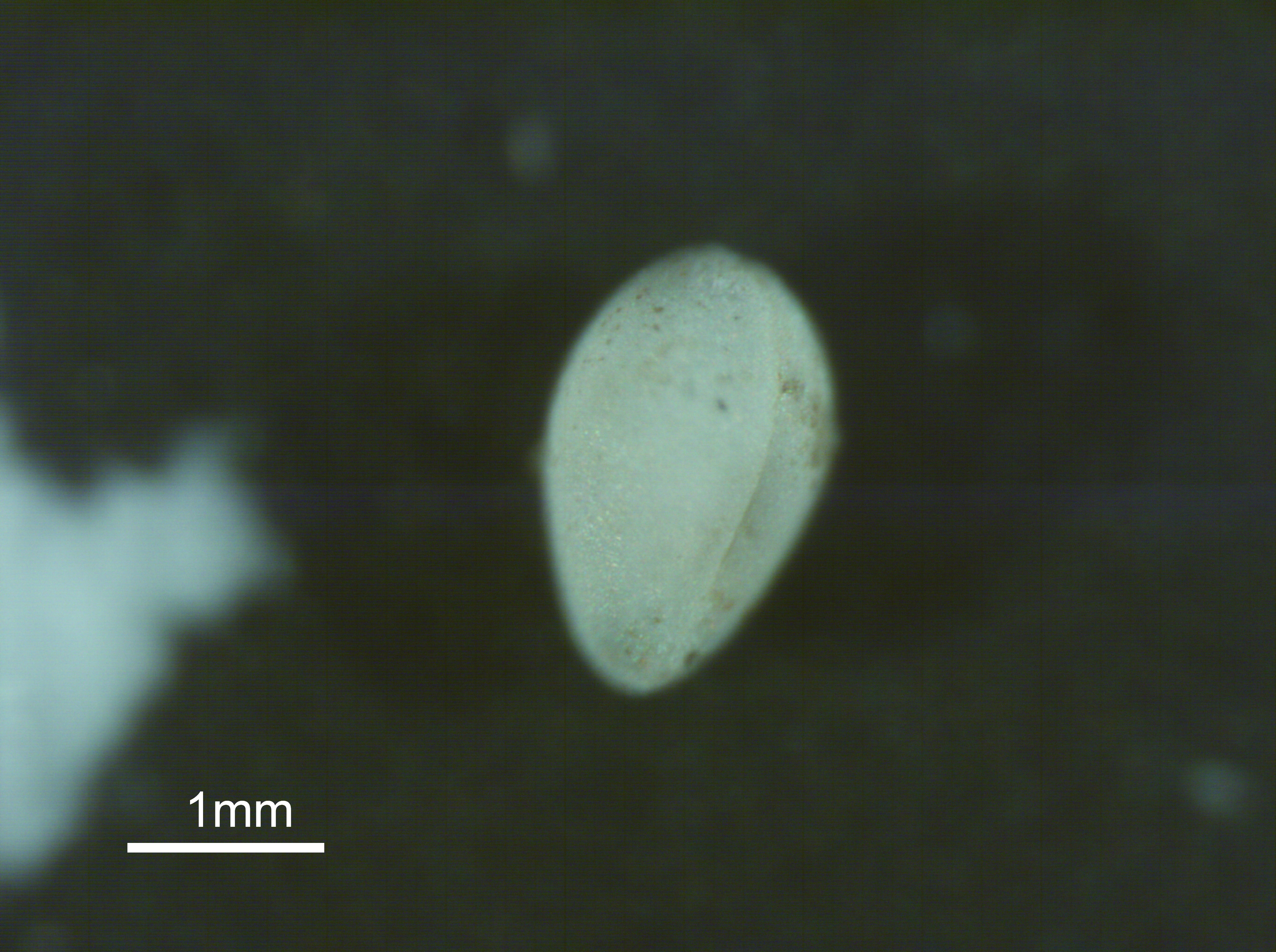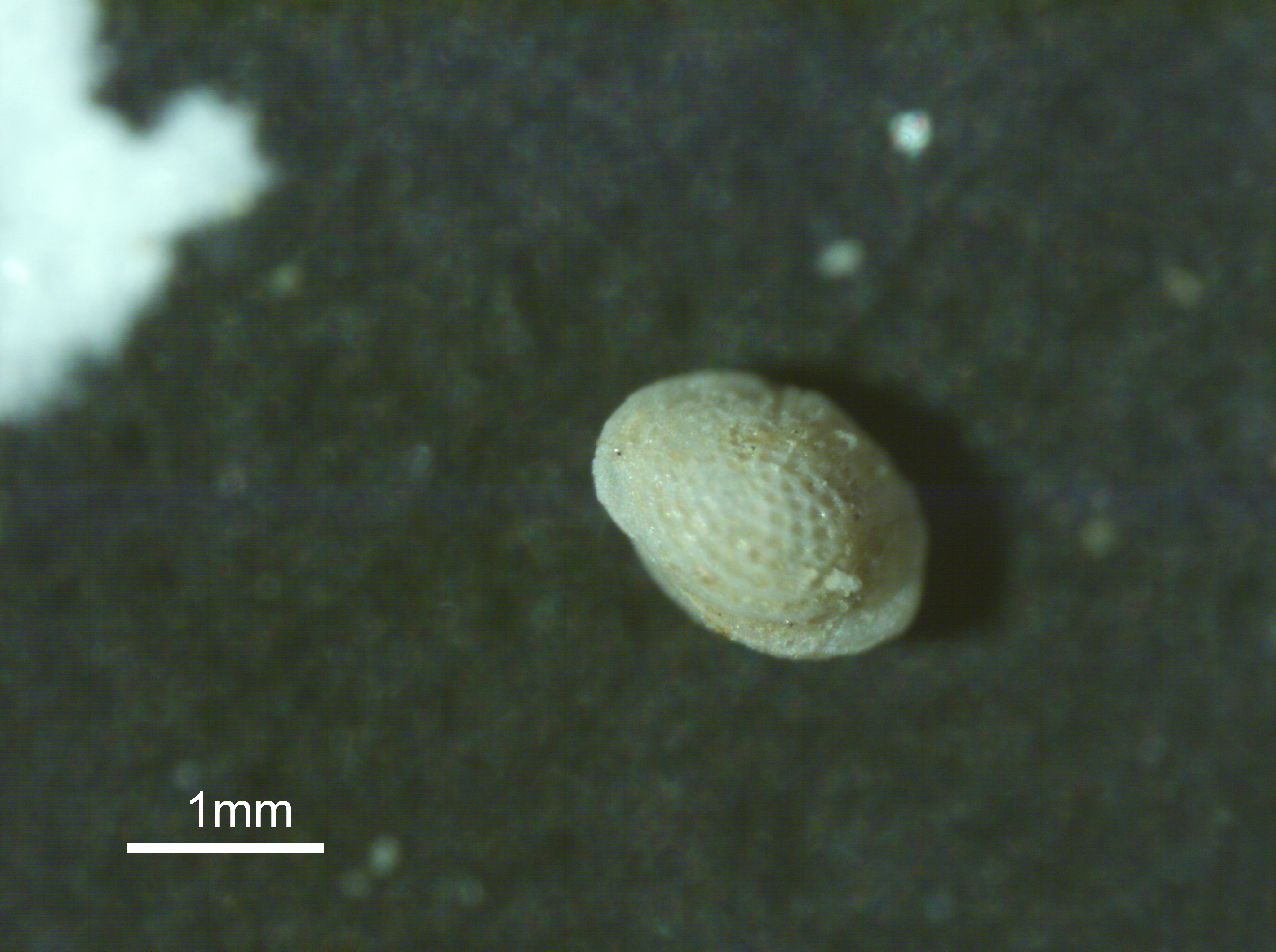Hello from the lab!
While I spend most of my time in the field looking for new fossils, I also have the opportunity to work on original research while I am working with the PCP-PIRE project. I have previously worked with microfossils, specifically ostracods, so I decided to look at the types of ostracods preserved in the Canal deposits.
In particular, I am looking at the ostracods from the new locality we discovered two weeks ago that is full of gastropods and bivalves. When we returned to the site, I discovered nummulites, which led me to believe that foraminifera and ostracods would be present in the deposit as well. However, these fossils require a microscope to see in detail. I collected four sample bags of sediment from different rock layers in the outcrop, and returned to the lab to process them.
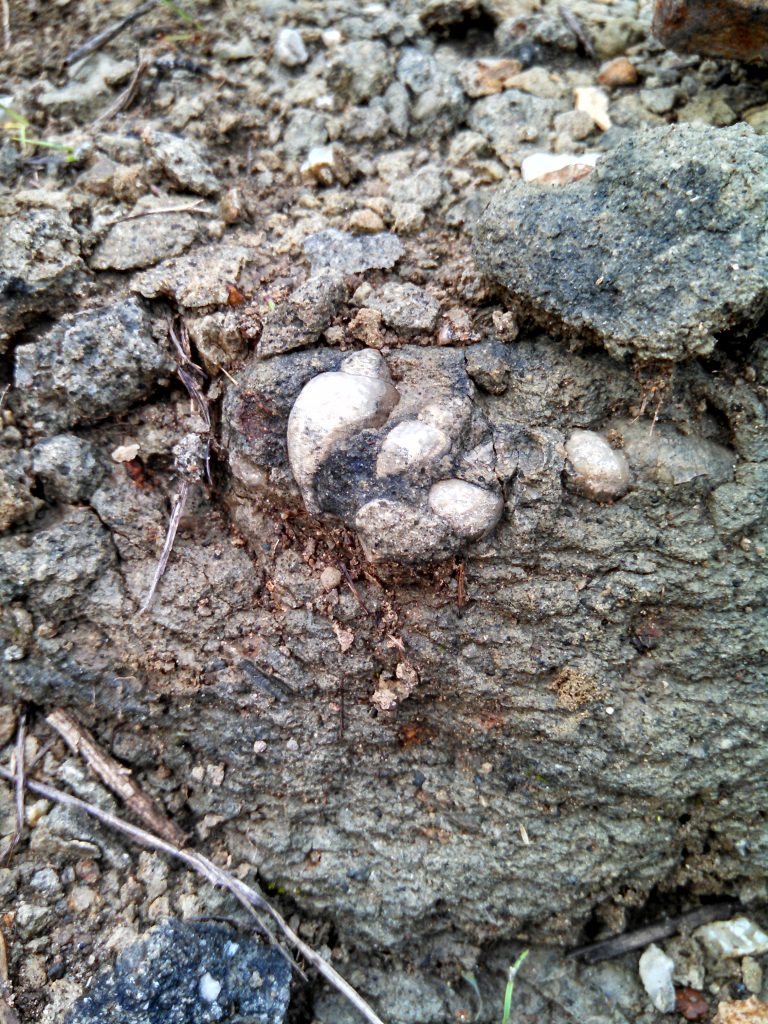
Another intern at the Smithsonian Center for Paleoecology and Archaeology, Andrés Ríos, also studies fossil ostracods, and helped me prepare the sediment to view under the microscope. We used a dilution of hydrogen peroxide to disaggregate the rock. Andrés sieved the sediment into different grain sizes and let the sediment dry in the lab’s drying oven.
Under the microscope, I use a small paint brush to sift through the grains to locate ostracod individuals and place them on a microfossil slide. Though I have only just begun going through the sediment samples, I have found several types of ostracods, both juveniles and adults. The following ostracods are from a portion of one sediment sample I collected.
I will continue to comb through my sediment samples in search of ostracods, and then work on identifying all the different genera present in the new outcrop. With this information, we will be able to identify the type of environment in which the locality was deposited–whether it was marine, brackish, or freshwater–as well as its relative age based on the microfossil biostratigraphy. I’m looking forward to learning more about this new site based on these minuscule fossils!
-Dipa Desai
